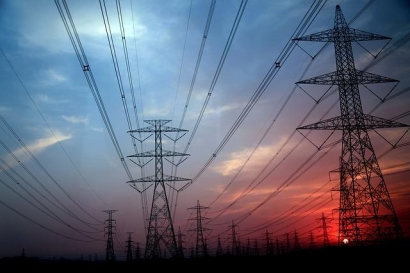
Government officials around the world search for effective climate change prevention strategies. Environmentalists note regulating and reducing greenhouse gas emissions will prevent rising temperatures. Countries must establish effective incentives to expand renewable energy production.
The lack of global renewable energy incentives hinders the industry’s growth. Some countries struggle to transition away from fossil fuel uses because of their deeply rooted ties. Various logistical barriers may hold regions back from expanding renewable energy incentives.
America is struggling to expand clean energy production and consumption. The country’s economy relies heavily on the oil and gas industry. Fossil fuelsi nfluence America’s foreign policies and relationships.
Oil and gas also influence the nation’s transportation, shipping and military sectors. The country developed minimal renewable energy incentives and continues to rely heavily on fossil fuels. Another global incentive limitation revolves around funding.
The U.S. is also phasing out some renewable energy incentives because of financial limitations. America’s clean energy tax credit will decrease from 26% to 22% by next year. Minimal financial support for the renewable energy sector may hinder production and expansion.
Capitalistic nations struggle to transition away from fossil fuel uses because of corporate influences. Some countries developed a carbon credit system to manage emissions and promote renewable energy uses. Companies must pay to use fossil fuels and produce greenhouse gas emissions.
Professionals designed the credit system to minimize corporations’ fossil fuel reliance. Environmentalists quickly recognized sustainability limitations with the credit system and its influence on monopolization. Large-scale corporations began purchasing all the credits from smaller companies to use more fossil fuels and produce more emissions.
Other companies would abide by the credit system by offsetting their emissions instead of using renewable energy. Carbon credits were unable to produce real growth in the clean energy sector. Some nations are creating small-scale incentives to influence sustainable changes.
The E.U. is using the feed-in tariffs (F.I.T.s) incentive to influence renewable energy growth, which requires grid operators to purchase emission-free electricity. The government defines a tariff rate and premiums to manage transactions between producers and distributors. One downfall is the F.I.T.s incentives fail to hold corporations responsible for their energy consumption rates.
The U.S. also developed wind and solar power tax credits to influence renewable energy production. Environmentalists identify financial limitations with America’s credit system. They identify how big banks receive more economic gains from the renewable energy incentives than producers.
Individuals may recognize the tax incentives limitations and use fossil fuels instead of clean energy. Countries must develop more incentives to help expand the renewable energy sector and minimize greenhouse gas emissions.
Creating effective incentives may help corporations protect their employees’ health and well-being. Government officials can align renewable energy incentives with the Occupational Safety and Health Administration’s (OSHA) regulations to influence sustainable change. The administration can protect workers’ lung health by regulating emissions and increasing clean energy production.
Using clean energy may reduce greenhouse gas emissions in the workplace and lower employees’ risk of developing respiratory conditions. When individuals inhale emissions, they are more susceptible to developing cancer, asthma, chest pains and other health effects. Government officials can also increase renewable energy production and decrease emissions by expanding current incentives.
The U.K. developed the Non-Domestic Renewable Heat Incentive (RHI) to help businesses access clean heat. The RHI promotes a country-widetransition away from gas-powered heating systems. Parliament may expand the RHI beyond its corporate ties to include the residential sector.
Countries can also work together to solidify a global renewable energy stimulus. Regions discussed a joint clean power incentive during the pandemic to increase production rates. Government officials may establish a global stimulus to help individuals and business owners invest in renewable energy systems.
The United Nations (U.N.) developed the Paris Agreement to promote sustainable global changes. The U.N. is pushing countries to adopt renewable energy sources and eliminate emissions by the next decade. Nations may achieve the sustainability goal by developing effective incentives and expanding the renewable energy sector.

